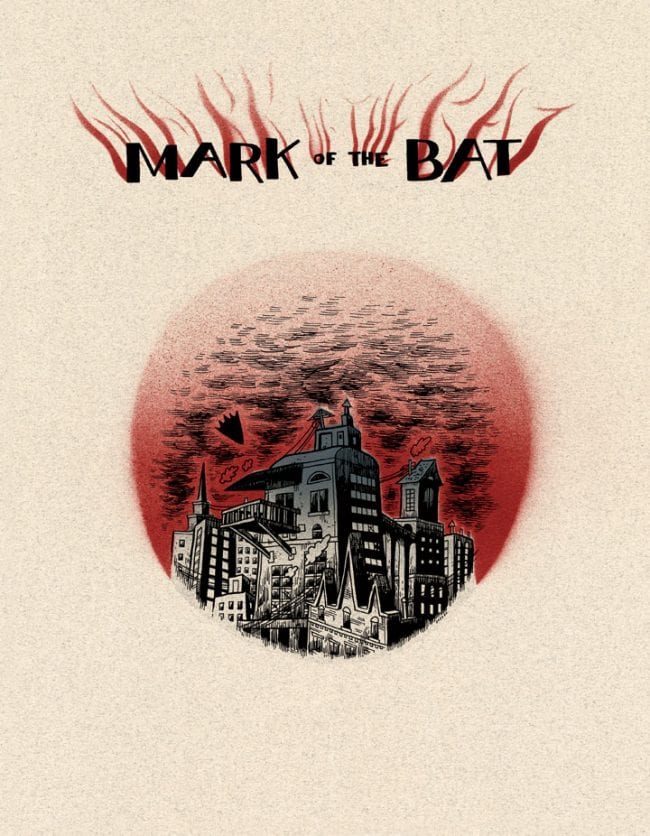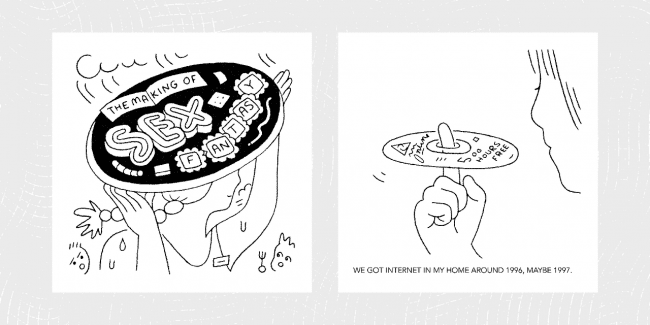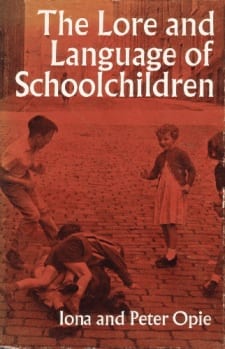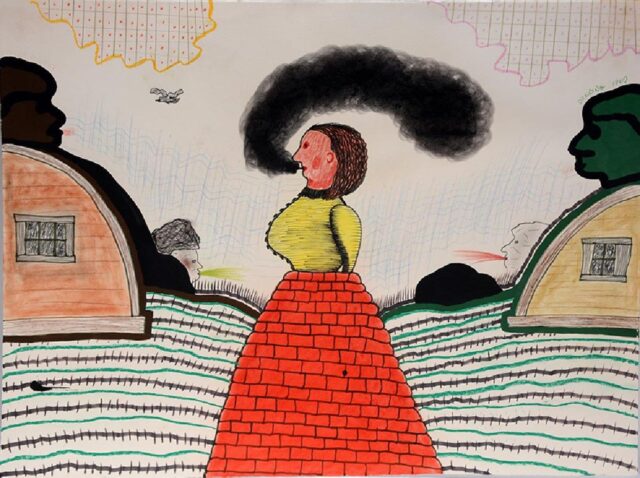Today at The Comics Journal, Sloane Leong speaks with Zachary Braun, about his webcomics, science fiction and more!
What draws you to science fiction? And what makes you so optimistic about humanity’s future and potential?
To tell you the truth, I'm not optimistic about humanity's future. But Solar System and its conclusion were conducted in spite of this, because it's our responsibility to look up, for as long as we populate this planet. Our main problem as a species is that "look up" means different things to different traditions.
Science fiction is the ultimate escape from this mess. Anything can be possible, even hope. Although, I can't help but wonder if we turn to fantasy to satisfy the impulse to do something, which then quenches that initiative. Too much escape, and nothing will happen in the real world. As a storyteller, my hat is off to those who did get their degrees—via an institution or the street—and are struggling to make a difference.
Elsewhere
-Reviews & Commentary. I have and (will always) bow to Kelly Kanayama's knowledge of The Punisher, but after reading her entertaining and perfect list of 7 Absurd Punisher Moments We Hope Make It Into The TV Series, I did wonder if maybe she has neglected to watch Ricochet, which is the true high water mark for using large books as body armor.
-News. This Montreal Gazette profile of Drawn & Quarterly's recent expansion in the retail market--they opened a children's bookstore--is meaty and full of insight into what it takes to be an indie in the Amazon era. If you've run into Peggy in the past year and talked to her for more than a few minutes, you already know how much of a positive impact the first D&Q store has had on their neighborhood. The retail passion is REAL.
The latest development in the Eddie Berganza situation? They finally fired him.
"Warner Bros and DC Entertainment have terminated the employment of DC Comics Group Editor Eddie Berganza," the company said in a statement. "We are committed to eradicating harassment and ensuring that all employees, as well as our freelance community, are aware of our policies, are comfortable reporting any concerns and feel supported by our Company."
You can take your pick of news outlets for this story, I chose the Newsweek one because it was one of the few that acknowledged how long the Berganza stories have been around. It would be repugnant to twist this particular story into some kind of "look how far things have come" narrative...and yet, I can't help but be glad that, at the age of 53, Eddie Berganza is out of a job and will now have to attempt to find another one with this particular black mark against him. It's a cheap, petty thing to say. And yet this is a man who treated women cheaply, and dismissed their feelings, lives and careers as petty things, beneath his concern. It is unlikely he did anything abhorrent enough to be punished in a court of law. His friends have yet to abandon him, and most likely never will. So for today, for this week--I think it is fine to acknowledge the victory. It was too long in the making, and it isn't enough. But it is something.

































